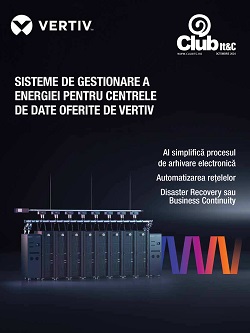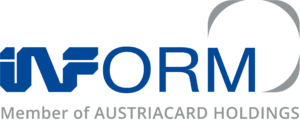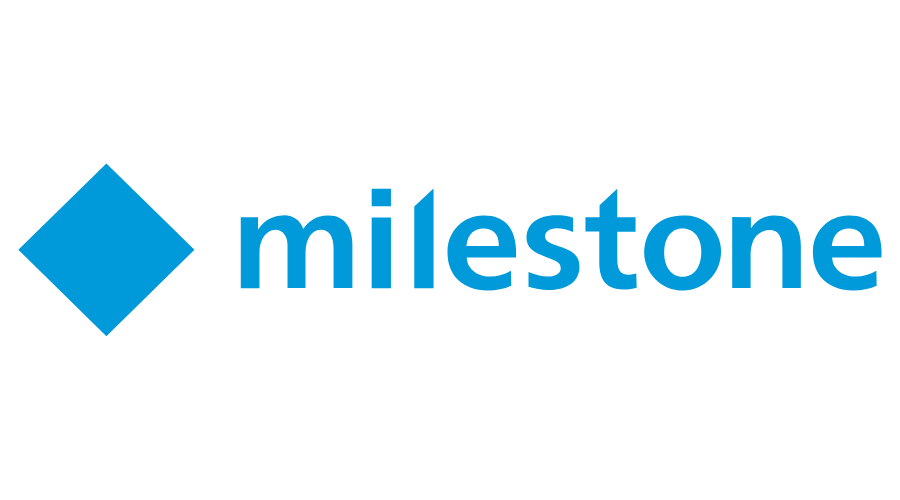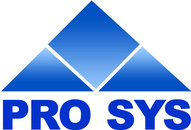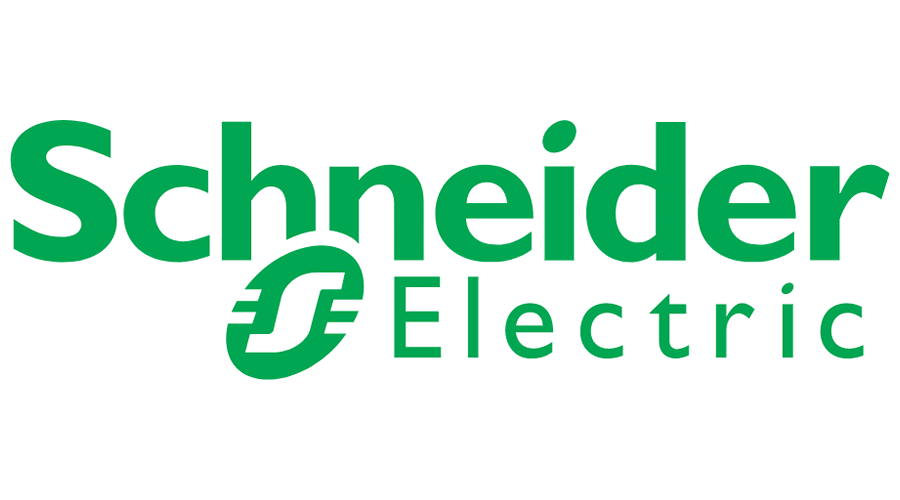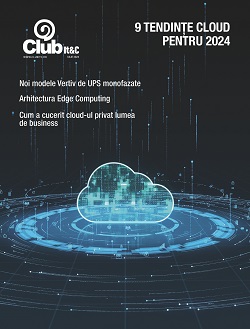15,127 companies classified as „medium taxpayers” must submit the D406 statement in SAF-T format starting in January 2023. The authorities have updated the list of these companies at the end of the year and according to the new data, the obligation to submit SAF-T will be moved to 2025 for approximately 3,000 companies. The news published does not concern the SAF-T reporting itself, but the classification of taxpayers.
 There are two changes:
There are two changes:
• Companies classified as medium at December 31, 2021 and which from January 1, 2023 will move to the category of small will have the obligation to report SAF-T from January 1, 2025; however, they can choose, if they wish, to start reporting earlier – in 2023 or in 2024 (the option is exercised through the first validated submission of the SAF-T statement, but this is irrevocable);
• Companies classified as small taxpayers at December 31, 2021 (which remained in this category in 2022) and which move to the category of medium on January 1, 2023 will have the obligation to report SAF-T from January 1, 2023.
The classification criteria are not very explicit and therefore the best way to find out if you need to submit D406 from January is to consult the official list.
10 recommendations when implementing SAF-T
The implementation of SAF-T has meant a lot of work, both for consultants and especially for the Financial and Controlling departments of beneficiaries. In 2022 we assisted all clients in making this step and most of them successfully submitted the D406 statement. Successfully meaning correctly and on time.
The article here can give you an idea: „SAF-T post-implementation. Experiences and advice from clients”
System Innovation Romania consultants are preparing for the second phase of SAF-T, which will have a high amplitude due to the larger number of companies. We asked some of them what they recommend to clients, and the answers are below:
• Before submitting the SAF-T statement, make sure you have correctly mapped the accounting accounts, VAT rates and units of measure. Mappings that do not alter the existing data structure in the ERP system, but checks should be made on the partner and product nomenclatures to ensure that they have all the information in order.
• Carefully check the complete registration of billing addresses for all partners and the correlation of the data with each corresponding field. This means that all elements of an address must be present and recorded in the specific field.
Carefully check the Intrastat codes (NC8) for goods traded (sold or purchased) within the European Union.
• Run the D406 statement for several reporting months to check for any possible errors that may appear in the DUK Integrator (ANAF application for validating reports) and correct them.
• Correct technical errors detected with the help of the ANAF DUK validator using custom reports (query type) uploaded by the consulting team. These are divided into the sections that appear in the SAF-T statement.
• Test the accuracy of the data exported to the D406 statement by correlating it with the standard reports in SAP BusinessOne or other ERP system used, such as the account statement, Romanian balance sheet, tax report.
• After technical validation, also validate the data from a financial-accounting perspective (e.g. initial/final balances of accounts/partners, invoice base + VAT, etc.) using the standard reports in the ERP system.
• Make sure you have accurate data (adresses, CUIs) for each transaction recorded in the ERP system (e.g. invoices, delivery notes, etc.).
• Before submission, validate all values as inconsistencies may occur between the data in SAF-T and those recorded in actual accounting.
• Involve not only the Financial-Accounting department but also colleagues from the Taxes or IT department in this process, who can help with updating various data in the ERP system.
In conclusion, implementing SAF-T requires attention to detail and thorough testing to ensure accuracy and compliance. Proper planning and collaboration with consultants can greatly facilitate the process.
These are just a few practical recommendations based on the experience of System Innovation Romania consultants in 2022. The implementation of SAF-T is a relatively complex process, for which it is best to have specialized help and to treat it with the utmost seriousness.
In October, at a tax conference organized by CursDeGuvernare.ro, Lucian Heiuș, President of ANAF, stated that the authorities have been tolerant in relation to the submission of D406 in 2022, inspectors opting primarily for notifications and warnings. (video at https://www.youtube.com/watch?v=KssyGhe4io0).
However, ANAF can initiate inspections based on the data reported through D406, especially since the post-implementation grace period for SAF-T is more informally assumed by authorities than explicitly specified in the application rules.
For any discussion related to SAF-T reporting and the submission of the D406 statement, contact us at office@sysinconsult.ro.


